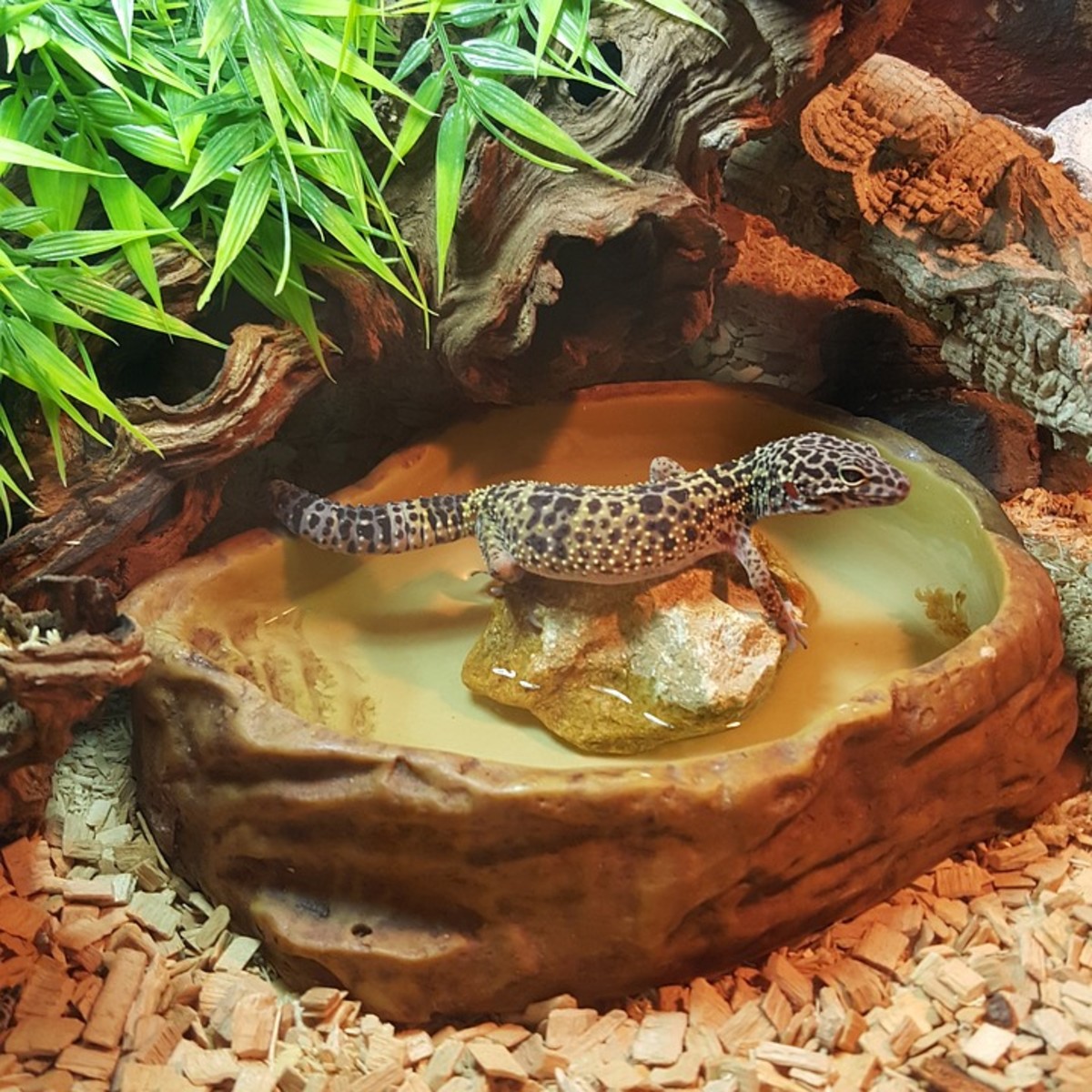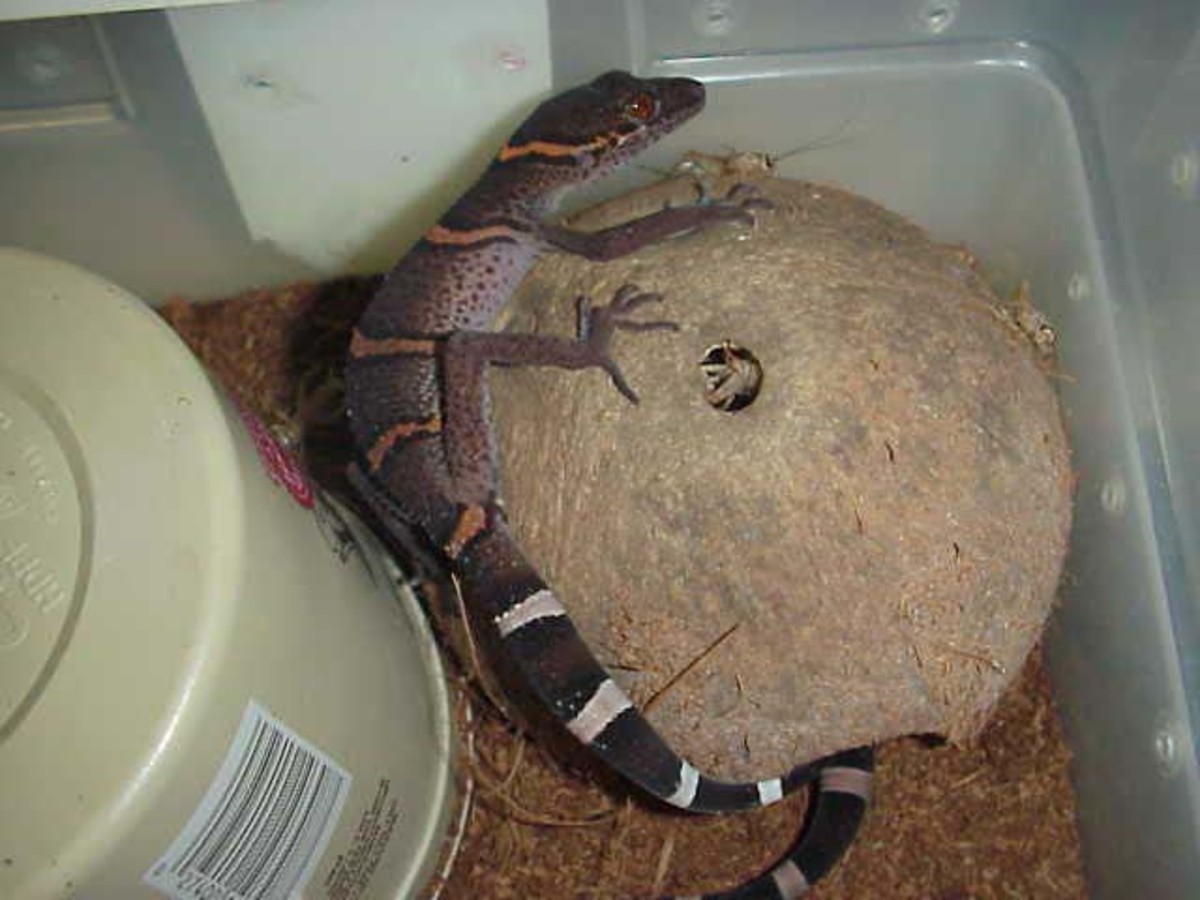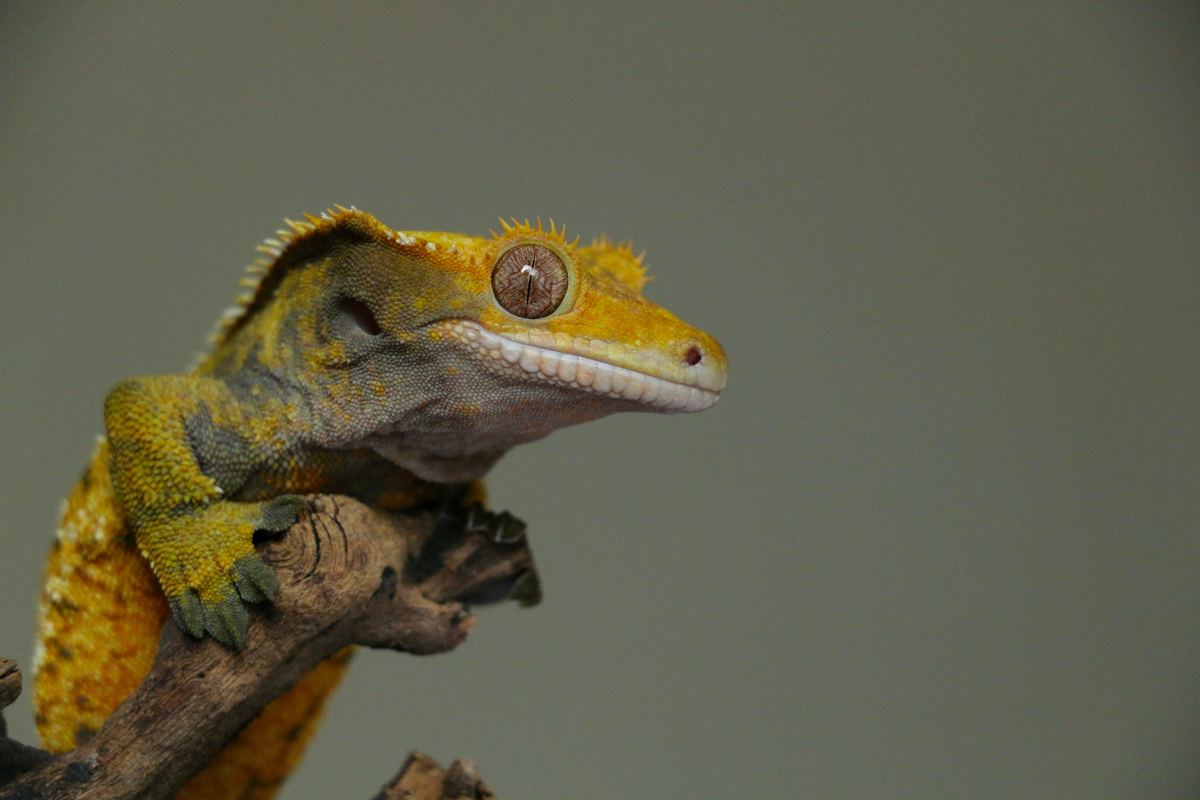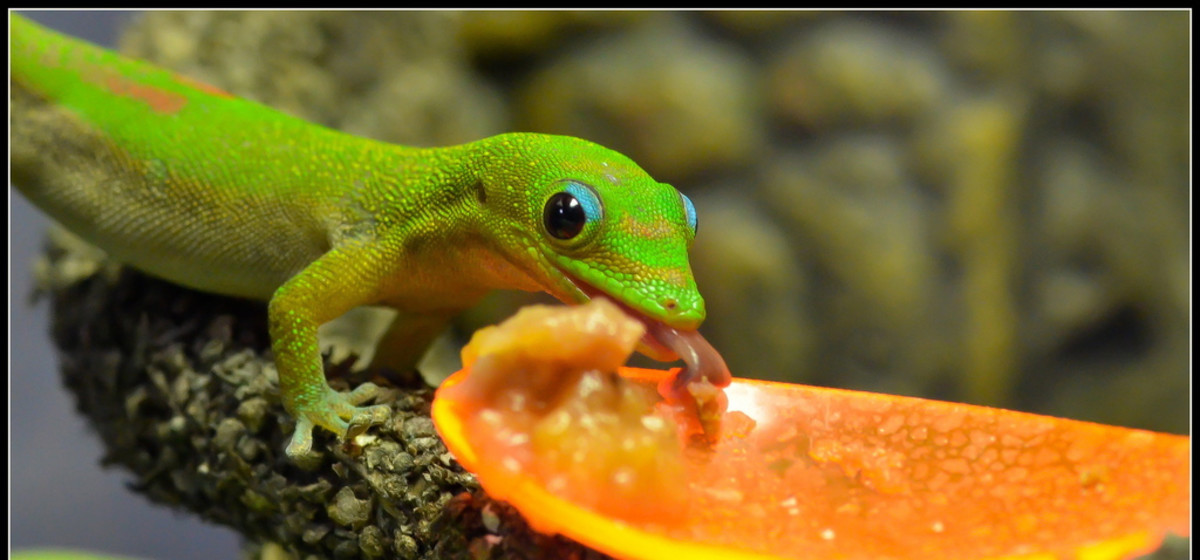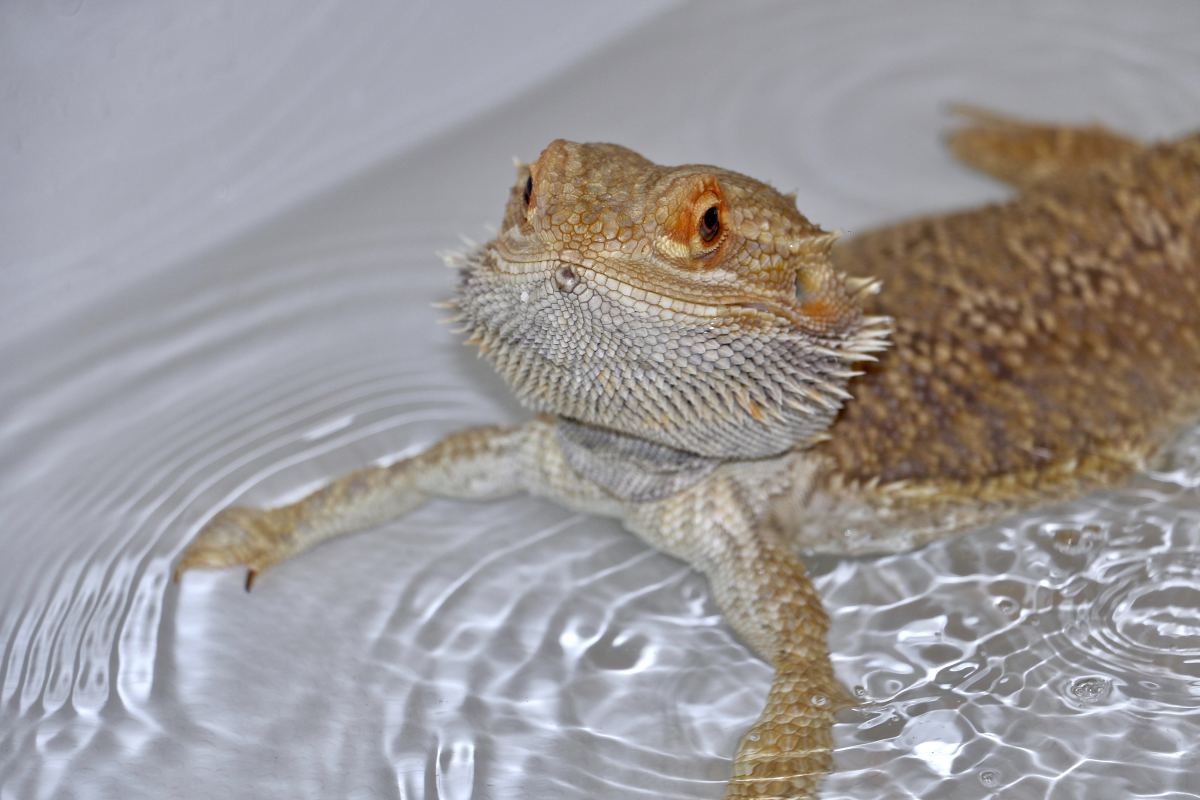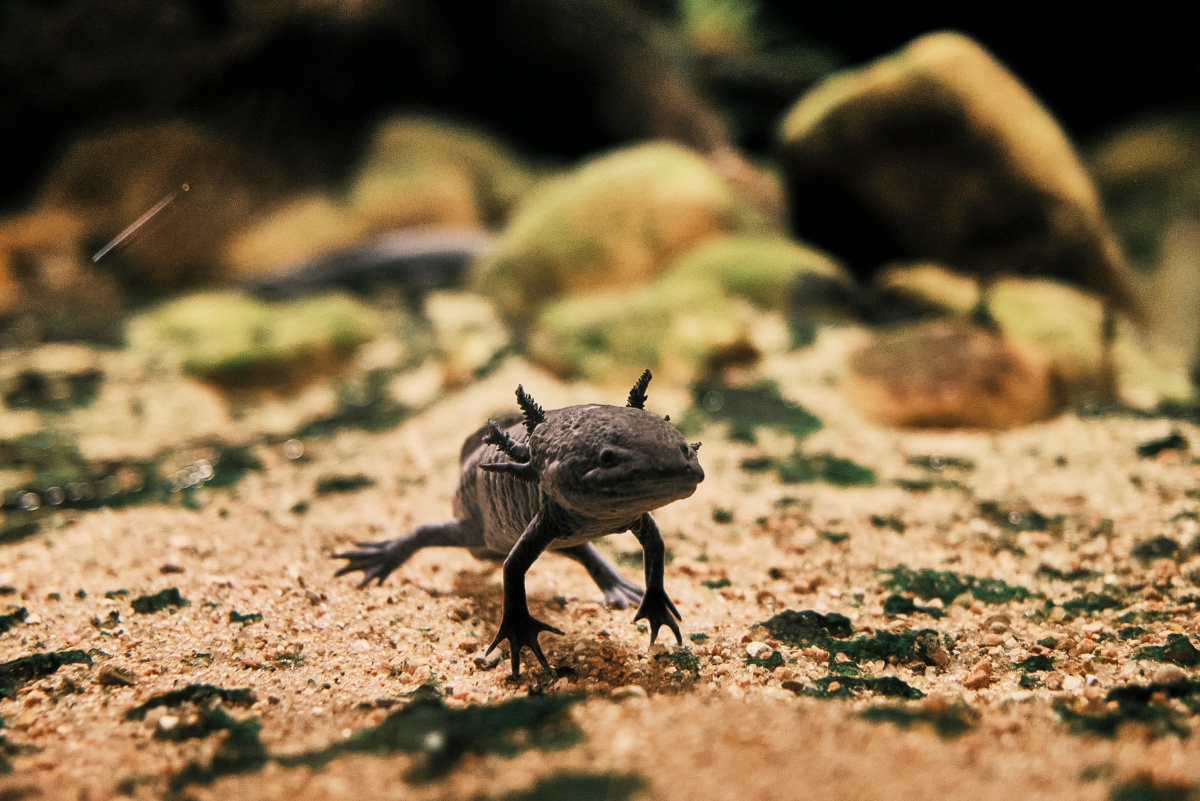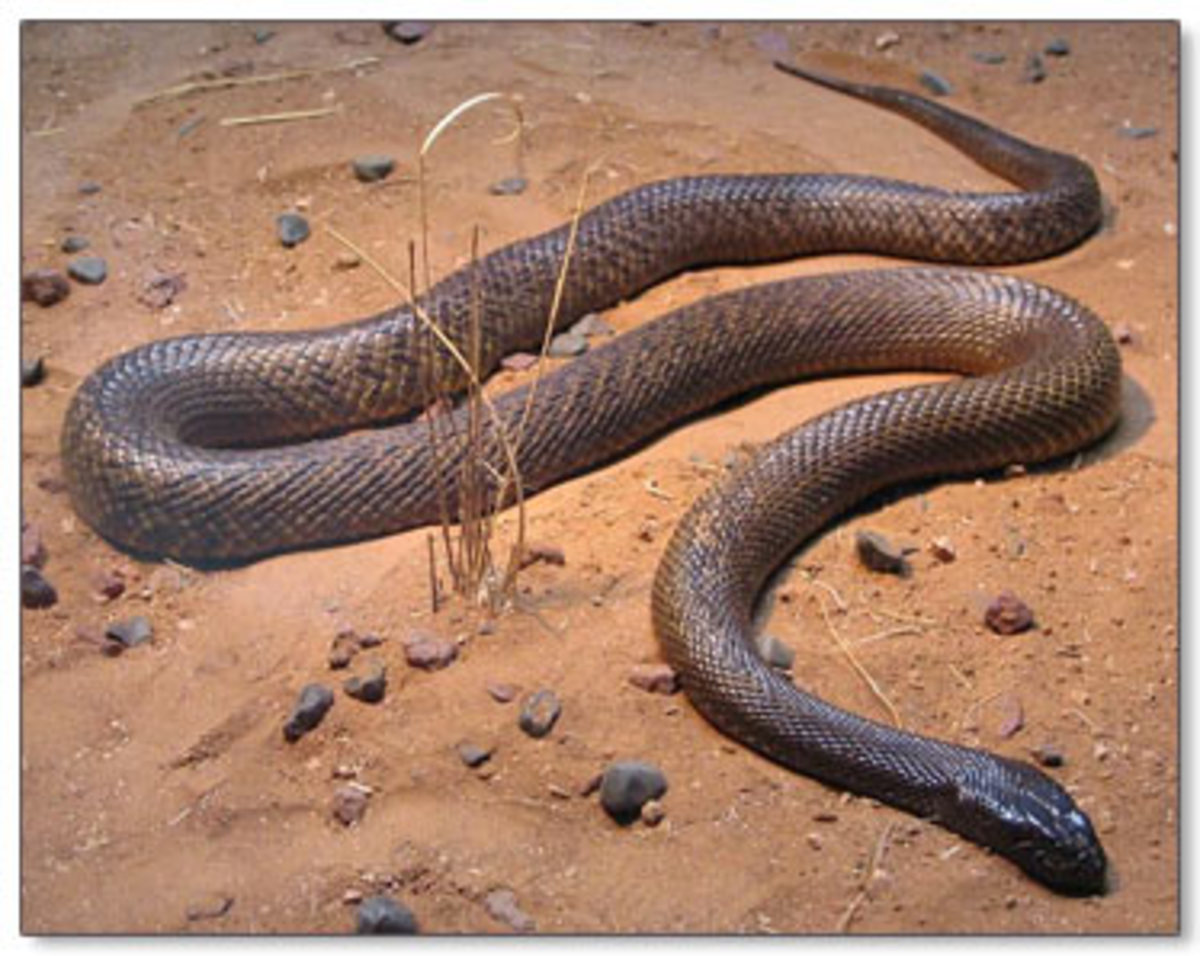Gecko Facts
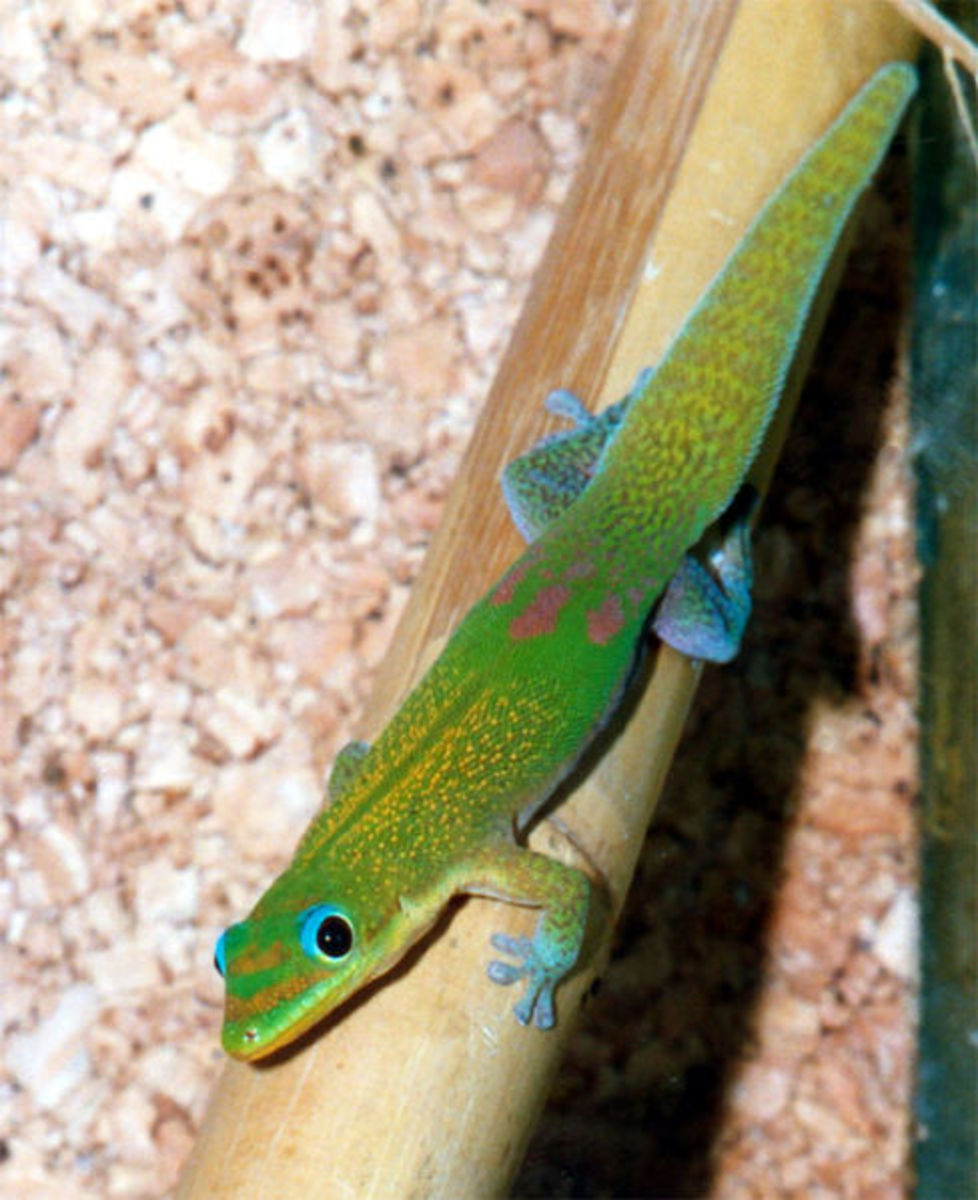
Geckos Are A Fascinating Group of Lizards
Geckos are reptiles that share some common characteristics causing them to be grouped in the suborder Gekkota. With approximately 1500 different species, it is the biggest group of lizards. Geckos are famed for having adhesive toes, and their ability of being able to walk on vertical surfaces, and even on ceilings, but this is only one of the remarkable facts about them. Incidentally one of the seven families in the Gekkota suborder, Eublepharidae, which contains the very popular leopard gecko, are quite different from the other species. Members of the family are purely terrestrial and cannot climb.
Geckos Are The Only Lizards That Vocalize
Geckos are unique among lizards in that they vocalise to communicate with each other. The exact sounds they make depends on the species, but usually they make a variety of chirping noises. In fact their name comes from the Malay 'gekoq', the sound produced by the Tokay gecko, Gekko gecko, a very territorial and aggressive species. As well as sound geckos communicate by wagging their tails, bobbing their heads and 'push ups'.

Geckos don't have eyelids
Except for leopard geckos, and other species in the family Eublepharidae, gecko eyes lack eyelids. To keep them clean and moist the reptiles frequently lick them with their long tongues.
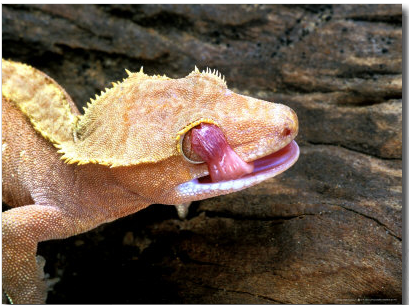
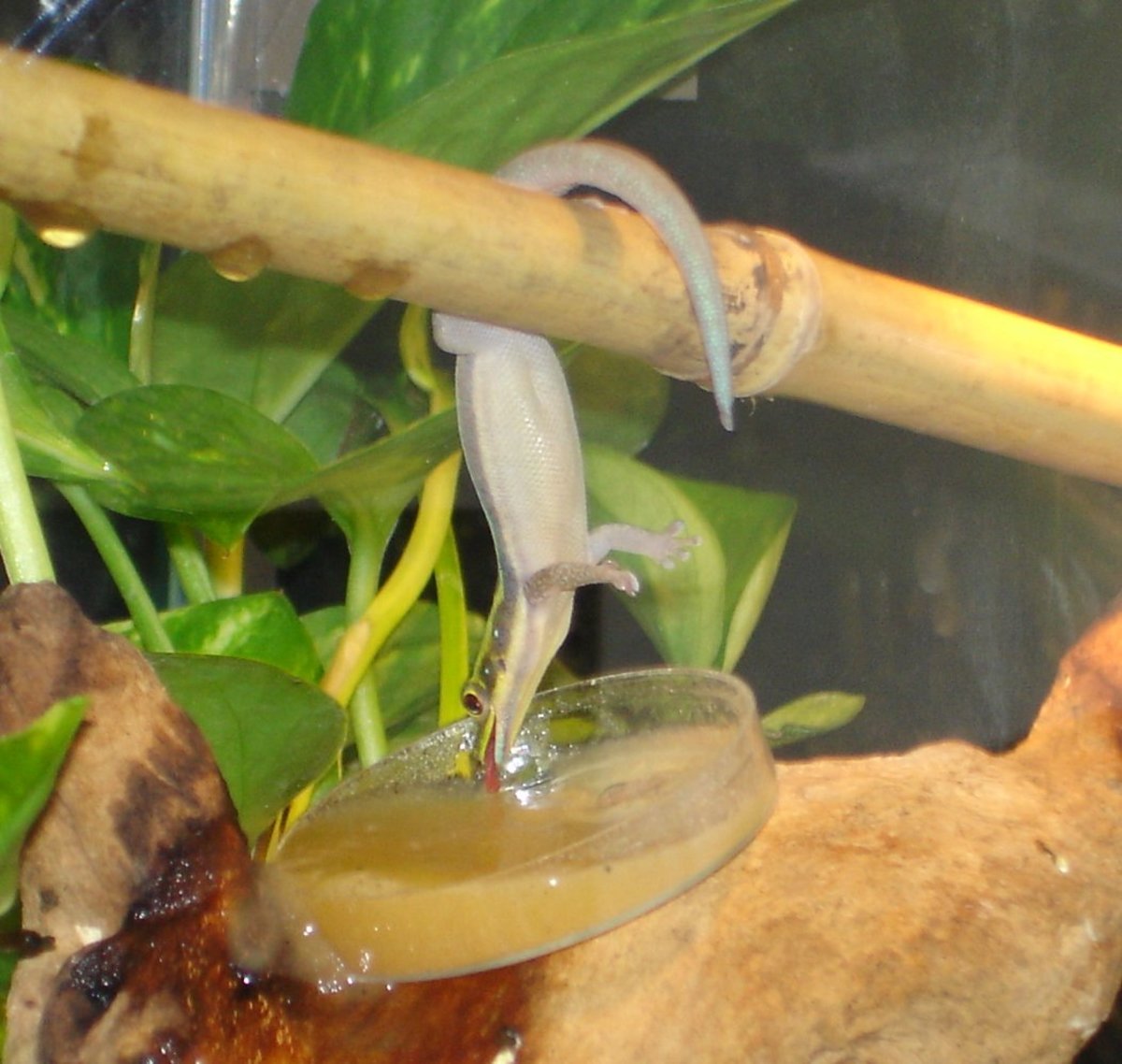
The Facts about Gecko adhesion
The most remarkable gecko fact, is the way they way they can adhere to surfaces, which allows them to walk up vertical surfaces, even glass, and cross ceilings. Again the leopard gecko is different, it does not possess this ability and spends all its time on the ground. However most geckos are either arboreal, or live on walls of building, either inside or outside.
Despite references to 'sticky toes', the adhesive properties of geckos' toes is not due to their stickiness. That would be a big drawback, since the toe must not only adhere to a surface, but it must be able to lift off rapidly, otherwise the lizards would not be able to run up a wall.
Each gecko toe is covered by hundreds of thousands of hair-like projections called setae. Each seta in turn terminates in hundreds of spatula shaped projections. The current theory is that the adhesion is the result of very weak Van der Waals forces, the electrostatic attractions between the nuclei of one atom and the electrons of another atom. Although these forces are very weak, the sum of the forces created by the huge number of microscopic projections on each toe, is sufficient to hold the gecko in place. At the same time the forces are easily broken, when the toe is extended, allowing the gecko to run up a wall, or across the ceiling.
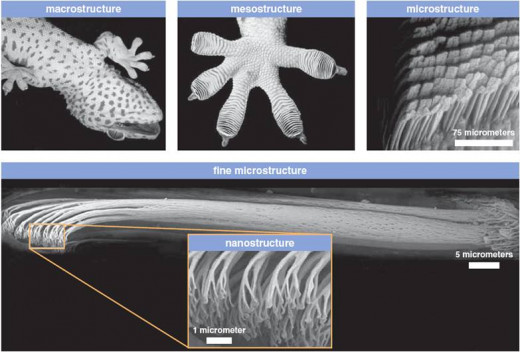
Geckos Can Regenerate their Tails
Most geckos are able to drop their tails to avoid predators and then regenerate it. This is a very useful strategy to avoid a predator, if a gecko is caught by its tail, it will simply leave the tail behind and escape. Soon afterwards a blastoema will form and the tail will start growing again, although it will usually differ in colour from the original, and will not look as good. In fact many geckos, when feeling threatened, will wave their tails. Perhaps this is to attract attention to it, so the predator catches the tail, which can be left behind.
The exception to this is the crested gecko from New Caledonia which can drop the tail, but cannot regenerate it. Most of the New Caledonian geckos found in the wild, apparently are without tails, having lost them in some encounter with a predator.

